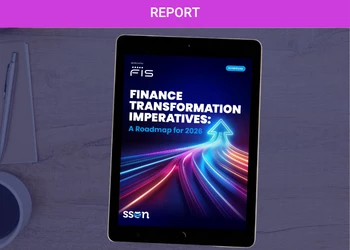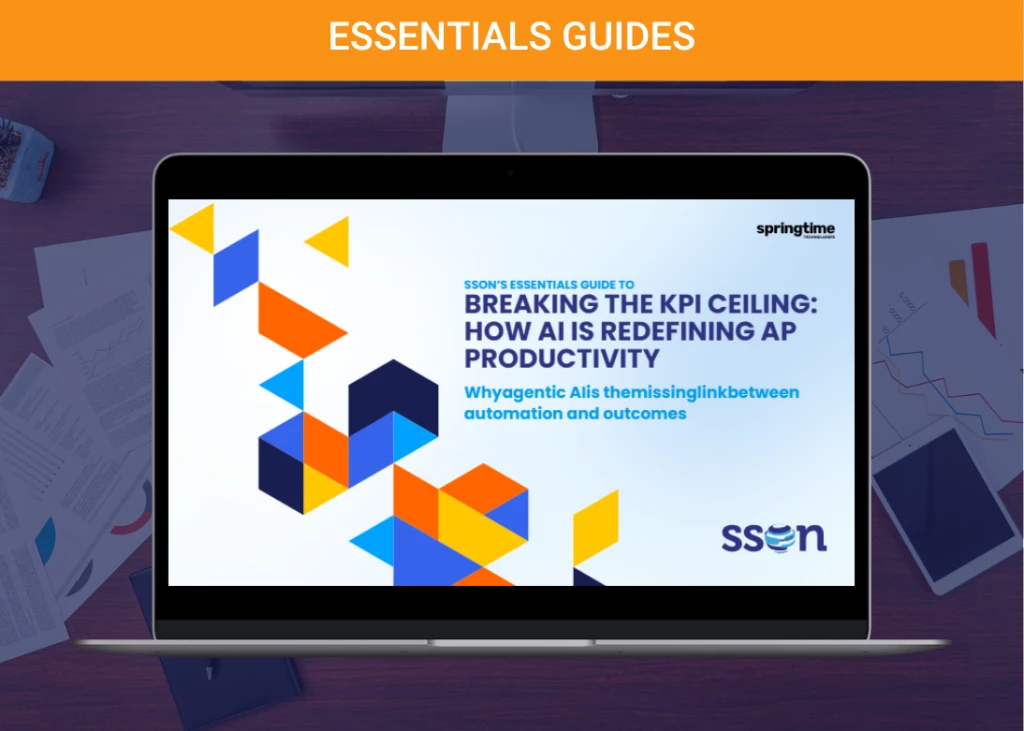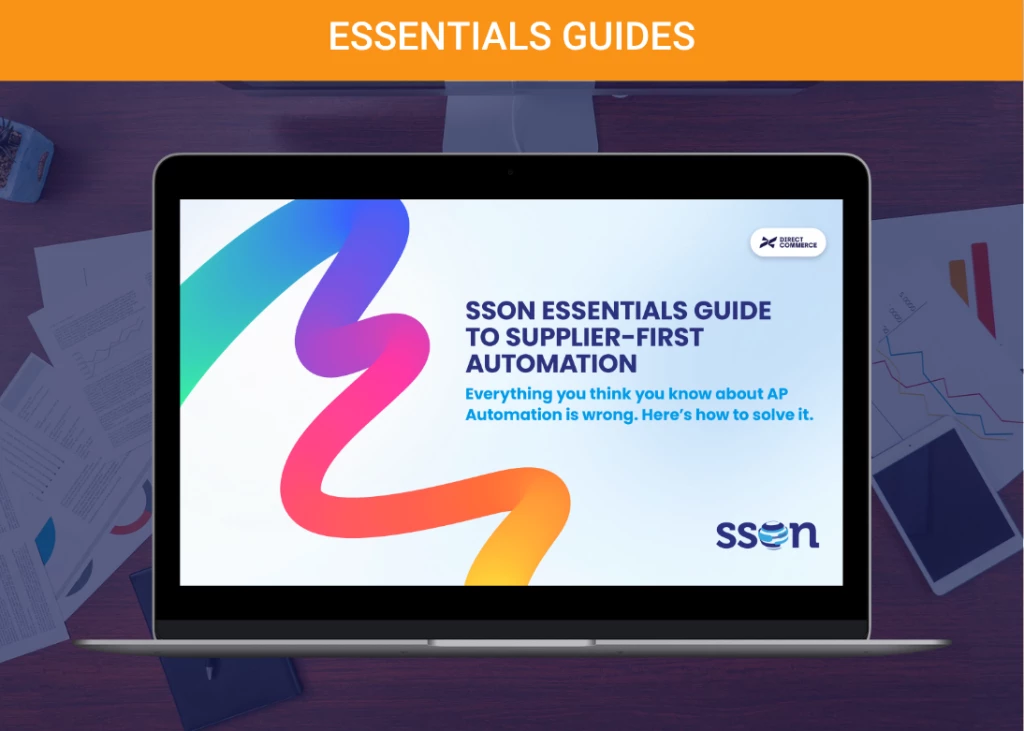10 Finance Leadership #Tips an MBA Won't Teach You
Add bookmarkFinance needs to morph into an integrated role to support a globally integrated enterprise – and that means you need to be all things to all people. Only experience – not education – will prepare you
Finance today encompasses all aspects of an organization's business functions. An effective Finance leader, therefore, needs to tap into significantly more skills than were traditionally required. Today, Finance leaders need:
-
to drive analytics, but also be the first to communicate the message;
-
to collaborate with peers, but also be a strong and resilient leader;
- to partner with IT on new solutions, but also know technology’s limitations and work with what is there;
- to engage each and every one of their team to promote the overall agenda.
In line with recent emerging trends, here are 7 Tips on how to maximize your capabilities and enable Finance Transformation:
1. Build on Business Intelligence
Today's advanced data analytics capabilities mean that real time business analytics and business intelligence can be provided by Finance, to an enterprise’s decision-makers. Finance Transformation leverages a global capacity to drive end-to-end data and insights for management. This is one of the most valuable outputs of modern day Finance, and one that lifts the function’s value-add in the eyes of the Board.
2. Demonstrate Customer-centric Service
Finance services are enabling new initiatives and approaches to establish a truly customer centric service delivery model. This means transitioning from customer-focused service provider to a customer experience driven process and platform. The net output is that it creates additional business value for customers. To do so requires investing time in understanding customers, improving and managing customers’ interaction experiences, leveraging tools and processes, and empowering employees to deliver.
3. Foster Genuine Partnership Between Functions
This means working together with Procurement for example, or HT, or IT, to arrive at an output that is beneficial to the enterprise. There are no more silos (or there shouldn’t be). The power comes from thinking as one integrated team and leveraging the combined capabilities to solve problems and drive solutions.
4. Exhibit Strong Leadership
A Finance leader with a clear and compelling vision, who mandates collaboration and empowers teams to be involved, engaged, and deliver results, is a critical catalyst for success. A leader is able to leverage investments, technologies and customer service skills to present a more seamless experience to the end-customer. A rebranding of the Finance team under strong, visible leadership will also clearly send the clear message that you provide a high standard of service.
5. Think Global, Act Local
While your strategy may be centralised, you're going to need far-reaching relationships to help promote and support your agenda. This means not just the obvious C-suite, but perhaps more strategically important, country- or regionally-based relationships that will help eliminate roadblocks. So while enabling support is crucial, the Finance Transformation agenda can too easily be sidelined by obstinate refusal on the part of countries to comply. Bring country-leaders into discussions early on so they have a stake in it (obvious, yes, but often overlooked); set up a local point of contact for issues as they arise and make a regular appearance for face-to-face meetings.
6. Form Strategically Valuable Friendships
Along with people, technology is the silver bullet for Transformation. With today's Finance processes leveraging automation, you will need the IT decision-maker at your side as a collaborative partner. If your culture retains an "us" and "them" attitude to IT, work to eliminate that now. Finance Transformation is reliant on strong platforms, multiple solutions, and above all the ability to react swiftly to changes as the environment shifts.
7. Make ‘Smart’ Sourcing Decisions
Today's modern Finance is about automating what can be automated, outsourcing what makes sense to outsource and then focusing on knowledge centric, customer oriented services that drive the business forwards. This means you need to make "smart sourcing" decisions and re-evaluate them regularly. Maintain close relationships with providers, ask them how they are integrating innovations like Robotics, and mingle at length in exhibition halls to find out what is new.
8. Develop a Culture That Supports Change and is Open to Innovation
One of your key enablers will be the culture that surrounds you – and that doesn't grow on its own. Your team will look to you to set the agenda, meaning: You need to demonstrate that it's all right to make mistakes, that new ideas are welcome, that just because it's "always been so" doesn't mean it has to carry on that way, etc. One valuable tip: There are plenty of innovative ideas swirling around the enterprise so encourage your staff to compare notes with others over coffee, to set up brief meetings to brainstorm solutions, and to listen out to what's going on around them. You don't always need to reinvent the wheel, just borrow an efficient one from elsewhere.
9. Engage the Talent that Supports Your Agenda
You will need the best of the best and you need to keep these people (at least for a while). So you need to work closely with HR to establish career paths and training opportunities. Be aware of the new skillsets you’ll need, especially around technology like RPA and data analytics. Negotiation skills are increasingly important – as are communication skills. Don't forget that a multi-national business is what attracts graduates. So extend their reach by sending your staff out on secondment as "fixers" or "relationship managers" into business units.
10. Think Ahead
Today, what the business needs from you are business intelligence, insight and directives on where and how it should be pursuing growth opportunities. You have this information at your fingertips but you'll need innovative, real-time reporting to interpret the message. Visual reporting, interactive opportunities and frequent and regular face-to-face meetings with customers are what define best practices today.
[eventpdf]





















